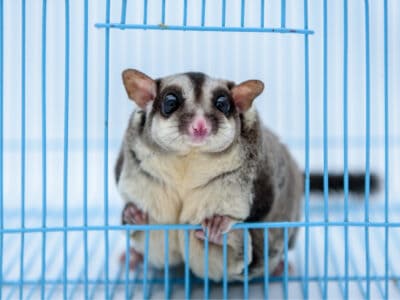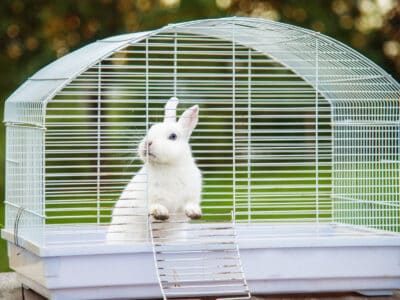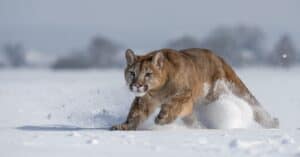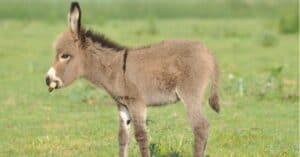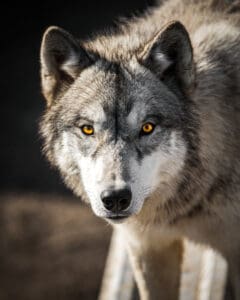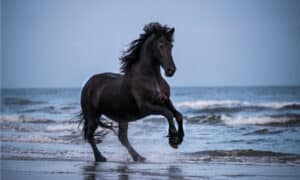Ox vs Cow: What Are the Differences?
@media (min-width: 481px) {
.mobile-top-content {
display: none;
}
}
#mobileTopContentCTACarouselControls { overflow: hidden; text-overflow: ellipsis; white-space: nowrap; }
.mobile-top-content .more { color: #fff; }
.mobile-top-content a { color: #fff; text-decoration: underline; }
.mobile-top-content a:hover { color: #fff; text-decoration: underline; }
@media (max-width: 480px) {
.mobile-top-content {
background-color: #06a10b;
color: #fff;
text-align: center;
/*height: 60px;
padding-top:5px;*/
font-size:80%;
/* display: block; */
margin: 0px -30px;
}
}
When you hear the word “ox”, you probably imagine a large, horned mammal attached to a yoke. That’s close to the truth. Yet, what if we told you that they are in the same genus as cows and therefore related to animals like bulls and steer? Things might get confusing with all that nomenclature. That’s why we are going to take some time to explore ox vs cow and show you how they’re different from each other. We’ll also show you some important similarities along the way.
Comparing Ox vs Cow
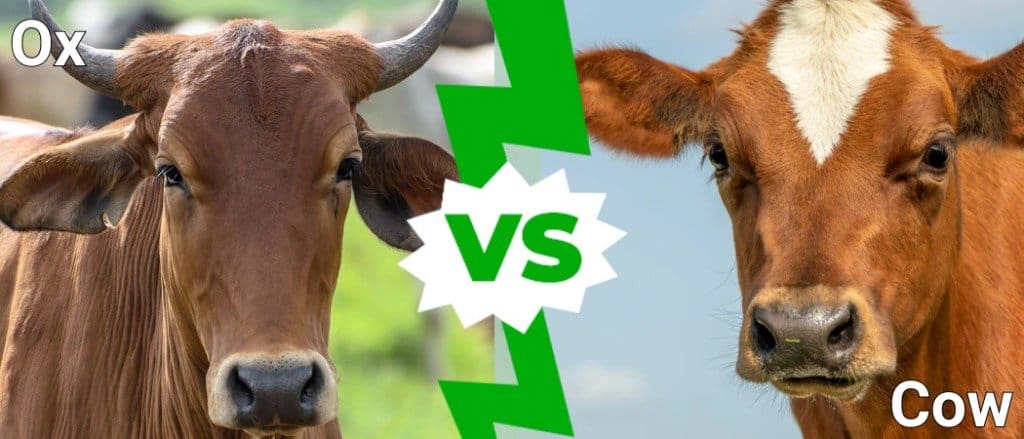
A-Z-Animals.com
The 6 Key Differences Between an Ox vs Cow
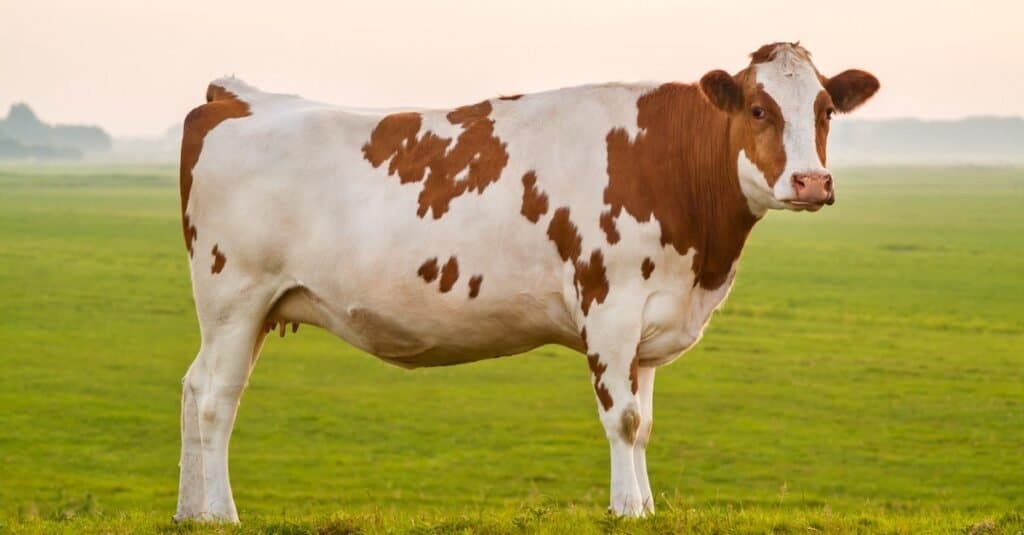
iStock.com/DutchScenery
The greatest differences between an ox and a cow lie in their sex, purpose, and age. Oxen are males in the vast majority of cases, but female oxen can exist if the owner needs a work animal but does not have a male available. Cows are female by definition, and there is no wiggle room on that terminology.
Oxen are trained from a very young age to be draft animals, and they are solely raised to do work. Cows are raised to birth calves, produce milk, and be slaughtered for meat.
Oxen are typically between three and four years of age when they start their “job” in the field. That gives them time to train and learn the signals that the farm or other individual needs to communicate with the animal. Cows are usually over the age of two because they become cows after they’ve had a calf.
Heifers, female bovines that have not given birth to a baby cow, are sexually mature at 12-15 months. When accounting for the gestation period of a calf, they’re about two years old or older when they become cows.
These differences are noteworthy, but these animals are unique in more ways than these three.
Ox vs Cow: Sex

Laura Hedien/Shutterstock.com
Oxen are male, and cows are female. A female bovine will rarely be trained as an ox. Oxen are castrated male bovines that have reached the age of sexual maturity and beyond, giving them the muscle development that they need to perform heavy pulling.
Cows are females that have already had one calf in their lives. Female cattle that have not had any calves are called heifers.
Ox vs Cow: Size
An ox is much larger, heavier, and muscular than a cow. Cows, while larger than a heifer because they have given birth, are smaller than oxen. Nevertheless, an ox, even though it lost the ability to produce important hormones through castration, will be bigger and stronger than a bull due to its breeding.
None of these animals is small, though. Cows can weigh up to 1,760lbs and oxen can weigh up to 2,200lbs. Both creatures can stand almost 5ft at the shoulders and grow between 5ft and 9ft long. On the whole, oxen will be larger because they are bred to be the largest, strongest animals capable of doing work.
Ox vs Cow: Purpose

iStock.com/tadija
Oxen are used for work on farms and in other areas of life while cows are used to birth calves, produce milk, or get slaughtered for meat. However, oxen are not used for meat because they are too valuable to lose.
Oxen have been raised and bred to serve as work animals for thousands of years, dating back to the Bronze Age. Most of the time, oxen are raised and trained from birth to fulfill their purpose as draft animals, learning calls and hand signs from their owners. In that sense, oxen make better use of their intelligence than cows, bulls, and steer.
Ox vs Cow: Morphology
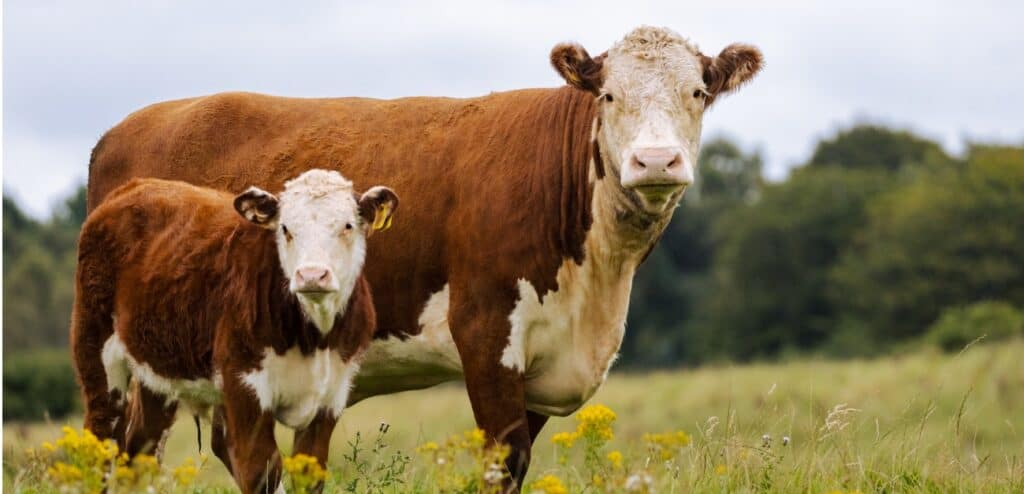
iStock.com/Scott Allan
Most species of oxen have horns along with the same muscular, rounded shoulders as bulls. Below their horns will be a large head with a prominent brow and a very powerful, thick neck.
Although some cows have horns, other prominent morphological differences between an ox vs cow exist. They include having udders along with a wide midsection and angular, less-rounded shoulders.
Ox vs Cow: Age
Some definitions stipulate oxen are still steer until they start working in a field after they’re fully trained. Four years is the average length of time it takes to train oxen completely. That doesn’t mean they’re useless in the meantime, though. They can perform many tasks as they are being educated.
Cows start life as heifers. They become cows when they have had their first calf, and that usually occurs when they are about 2 years old or older.
Ox vs Cow: Shoes
Oxen have to be shod so they can work in various settings, but cows are not shod because they spend most of their lives in a pasture or other farm area.
Like other ruminants, oxen are cloven-hoofed, so humans use a careful process to bind and shoe oxen. Also, oxen require unique shoes to fit their hooves. Since they are more unruly than most horses, the process of shoeing a horse can be complex and dangerous.
FAQs (Frequently Asked Questions)
Are Oxen Smarter than Cows?
Oxen are smarter than cows because they are trained to use their intelligence whereas cows are not. Both animals have a high potential for intelligence, but cows are most likely to never use theirs.
How Are Oxen Different Than Bulls and Steer?
Bulls are male bovines that are intact and raised for breeding. Oxen are castrated male bovines that are used for work. Steers are male bovines that are neutered and raised for beef.
More from A-Z Animals
.more-snake-card-image { max-height:140px !important; }
@media (min-width: 481px) {
.mobile-top-content {
display: none;
}
}
#mobileTopContentCTACarouselControls { overflow: hidden; text-overflow: ellipsis; white-space: nowrap; }
.mobile-top-content .more { color: #fff; }
.mobile-top-content a { color: #fff; text-decoration: underline; }
.mobile-top-content a:hover { color: #fff; text-decoration: underline; }
@media (max-width: 480px) {
.mobile-top-content {
background-color: #06a10b;
color: #fff;
text-align: center;
/*height: 60px;
padding-top:5px;*/
font-size:80%;
/* display: block; */
margin: 0px -30px;
}
}
When you hear the word “ox”, you probably imagine a large, horned mammal attached to a yoke. That’s close to the truth. Yet, what if we told you that they are in the same genus as cows and therefore related to animals like bulls and steer? Things might get confusing with all that nomenclature. That’s why we are going to take some time to explore ox vs cow and show you how they’re different from each other. We’ll also show you some important similarities along the way.
Comparing Ox vs Cow

A-Z-Animals.com
The 6 Key Differences Between an Ox vs Cow

iStock.com/DutchScenery
The greatest differences between an ox and a cow lie in their sex, purpose, and age. Oxen are males in the vast majority of cases, but female oxen can exist if the owner needs a work animal but does not have a male available. Cows are female by definition, and there is no wiggle room on that terminology.
Oxen are trained from a very young age to be draft animals, and they are solely raised to do work. Cows are raised to birth calves, produce milk, and be slaughtered for meat.
Oxen are typically between three and four years of age when they start their “job” in the field. That gives them time to train and learn the signals that the farm or other individual needs to communicate with the animal. Cows are usually over the age of two because they become cows after they’ve had a calf.
Heifers, female bovines that have not given birth to a baby cow, are sexually mature at 12-15 months. When accounting for the gestation period of a calf, they’re about two years old or older when they become cows.
These differences are noteworthy, but these animals are unique in more ways than these three.
Ox vs Cow: Sex

Laura Hedien/Shutterstock.com
Oxen are male, and cows are female. A female bovine will rarely be trained as an ox. Oxen are castrated male bovines that have reached the age of sexual maturity and beyond, giving them the muscle development that they need to perform heavy pulling.
Cows are females that have already had one calf in their lives. Female cattle that have not had any calves are called heifers.
Ox vs Cow: Size
An ox is much larger, heavier, and muscular than a cow. Cows, while larger than a heifer because they have given birth, are smaller than oxen. Nevertheless, an ox, even though it lost the ability to produce important hormones through castration, will be bigger and stronger than a bull due to its breeding.
None of these animals is small, though. Cows can weigh up to 1,760lbs and oxen can weigh up to 2,200lbs. Both creatures can stand almost 5ft at the shoulders and grow between 5ft and 9ft long. On the whole, oxen will be larger because they are bred to be the largest, strongest animals capable of doing work.
Ox vs Cow: Purpose

iStock.com/tadija
Oxen are used for work on farms and in other areas of life while cows are used to birth calves, produce milk, or get slaughtered for meat. However, oxen are not used for meat because they are too valuable to lose.
Oxen have been raised and bred to serve as work animals for thousands of years, dating back to the Bronze Age. Most of the time, oxen are raised and trained from birth to fulfill their purpose as draft animals, learning calls and hand signs from their owners. In that sense, oxen make better use of their intelligence than cows, bulls, and steer.
Ox vs Cow: Morphology

iStock.com/Scott Allan
Most species of oxen have horns along with the same muscular, rounded shoulders as bulls. Below their horns will be a large head with a prominent brow and a very powerful, thick neck.
Although some cows have horns, other prominent morphological differences between an ox vs cow exist. They include having udders along with a wide midsection and angular, less-rounded shoulders.
Ox vs Cow: Age
Some definitions stipulate oxen are still steer until they start working in a field after they’re fully trained. Four years is the average length of time it takes to train oxen completely. That doesn’t mean they’re useless in the meantime, though. They can perform many tasks as they are being educated.
Cows start life as heifers. They become cows when they have had their first calf, and that usually occurs when they are about 2 years old or older.
Ox vs Cow: Shoes
Oxen have to be shod so they can work in various settings, but cows are not shod because they spend most of their lives in a pasture or other farm area.
Like other ruminants, oxen are cloven-hoofed, so humans use a careful process to bind and shoe oxen. Also, oxen require unique shoes to fit their hooves. Since they are more unruly than most horses, the process of shoeing a horse can be complex and dangerous.
FAQs (Frequently Asked Questions)
Are Oxen Smarter than Cows?
Oxen are smarter than cows because they are trained to use their intelligence whereas cows are not. Both animals have a high potential for intelligence, but cows are most likely to never use theirs.
How Are Oxen Different Than Bulls and Steer?
Bulls are male bovines that are intact and raised for breeding. Oxen are castrated male bovines that are used for work. Steers are male bovines that are neutered and raised for beef.

